 Shutterstock
Shutterstock
Dogs may not speak our language, but they communicate with us through unique behaviors, body language, and vocalizations. From a wagging tail or a head tilt to more specific gestures, dogs consistently express their needs, emotions, and desires. While these signals can sometimes go unnoticed, understanding them is essential to strengthening the bond between humans and their canine companions. Each breed may have its distinct way of communicating, but all dogs share an innate ability to connect with their owners, making their messages clear when we pay attention.
Labrador Retriever
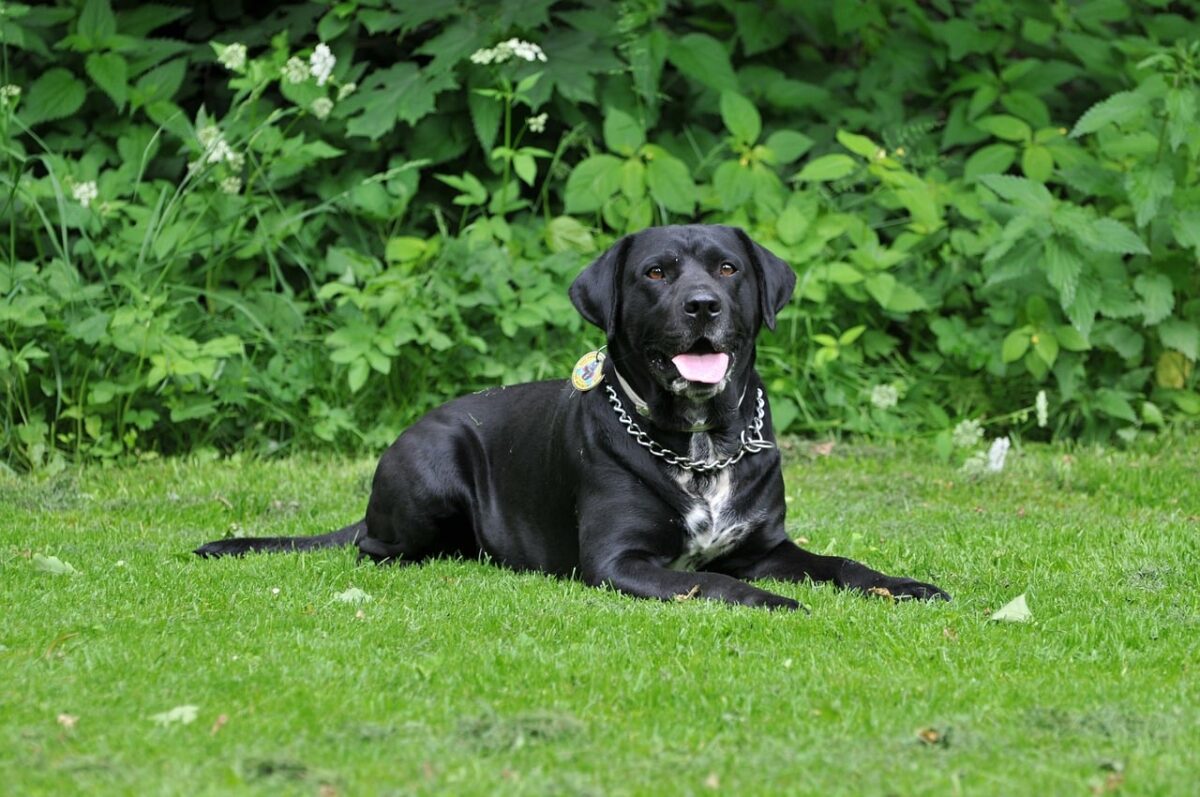 Shutterstock
Shutterstock
Labrador Retrievers are known for their expressive body language and vocalizations, which they use to communicate with their humans. Labs often wag their tails enthusiastically to show excitement or happiness, and they may nudge you with their nose when they want attention or affection. This breed is also known for their “talking”—soft grumbles or groans that signal contentment or a desire to communicate. Whether it’s bringing you a toy or staring at you with soulful eyes, Labradors excel at making their feelings known, using both vocal and non-verbal cues to get your attention.
Basenji
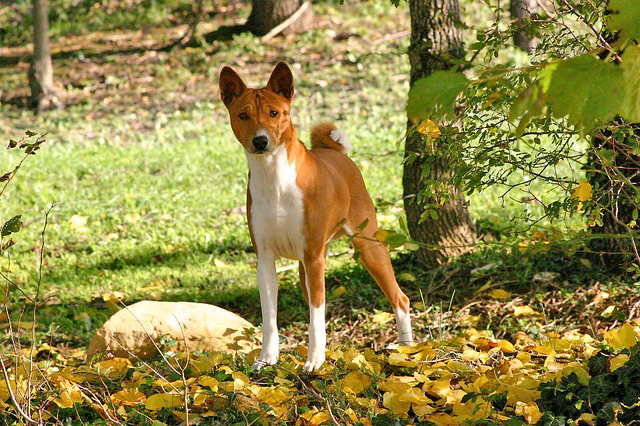 Shutterstock
Shutterstock
The Basenji, often called the “barkless dog,” communicates in ways unique to the breed. While they don’t bark like most dogs, Basenjis make a distinctive yodeling sound called a “baroo,” which they use to express excitement or alertness. In addition to vocalizations, Basenjis use their eyes and body language to communicate. They are highly observant dogs, often using intense eye contact to convey their emotions or let their owners know something’s wrong. This breed’s ability to express themselves without barking makes them fascinating communicators who rely on more subtle ways to engage with their humans.
Beagle
 Shutterstock
Shutterstock
Beagles are highly vocal dogs that use various sounds to communicate with their owners. Known for their distinctive “bay,” Beagles often use this loud, prolonged bark to alert their humans to something they’ve found, whether a scent or a visitor at the door. Beagles are experts at using their body language to communicate, often pawing at their humans when they want attention or food. Their expressive faces and big, pleading eyes make it clear when they’re trying to tell you something. Whether it’s with a bark, a bay, or a nudge, Beagles are always trying to get their message across.
Border Collie
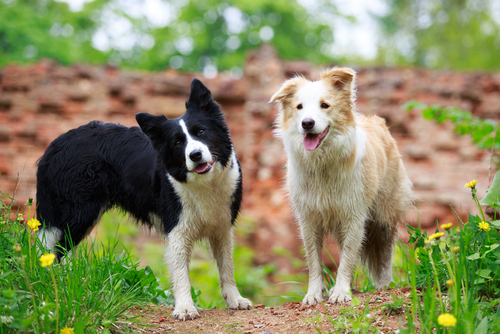 Shutterstock
Shutterstock
Border Collies are incredibly intelligent and observant dogs that excel at non-verbal communication. They use their sharp eyes and focused stares to direct humans’ attention to something, whether it’s a ball they want to play with or an object of interest. Border Collies are also highly physical in their communication, often nudging or herding their owners to guide them in a specific direction. Their ability to interpret human cues and respond accordingly makes them master communicators. This breed’s focus and energy are channeled into clear, purposeful actions, effectively communicating their needs and desires.
Shiba Inu
 Shutterstock
Shutterstock
Shiba Inus are independent and strong-willed dogs, but they have distinct ways of communicating with their owners. Known for their signature “Shiba scream,” a loud, high-pitched sound they make when they’re upset, excited, or in distress, Shiba Inus are vocal dogs that let their feelings be known. In addition to vocalizations, they use their body language to communicate. Shibas may give a side-eye glance or a sharp bark to express disapproval or alertness. Their expressive faces and bold personalities ensure that when a Shiba Inu wants to tell you something, you’ll know it.
Cavalier King Charles Spaniel
 Shutterstock
Shutterstock
Cavalier King Charles Spaniels are gentle and affectionate dogs that use their body language to communicate their feelings. This breed is known for being highly intuitive, often sensing when their owners are sad or stressed and offering comfort by sitting close or resting their head on their lap. Cavaliers use eye contact and gentle nudges to ask for attention or affection. Their expressive eyes are one of their key tools for communication, and they’re excellent at using physical closeness to convey their emotional needs. When a Cavalier wants something, they make it clear through soft, affectionate gestures.
Dalmatian
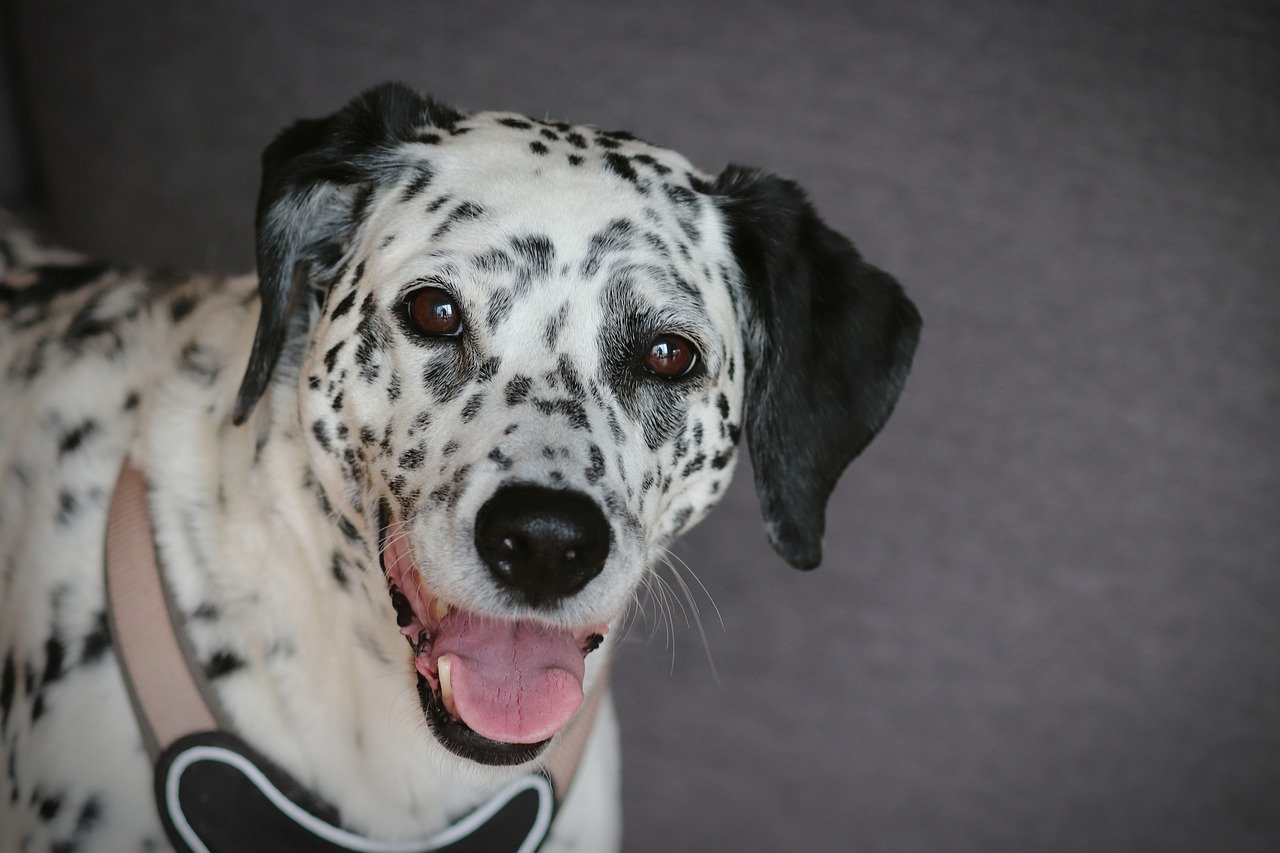 Shutterstock
Shutterstock
Dalmatians are energetic and playful dogs that use a combination of vocalizations and body language to communicate with their humans. Known for their high energy, Dalmatians often jump, bark, or paw at their owners when they want to play or need exercise. They also use their expressive faces and body movements to convey excitement or frustration. When a Dalmatian tries to get your attention, they might bring you a toy or circle around you until you engage with them. Their lively nature ensures they communicate their needs enthusiastically and persistently.
Australian Shepherd
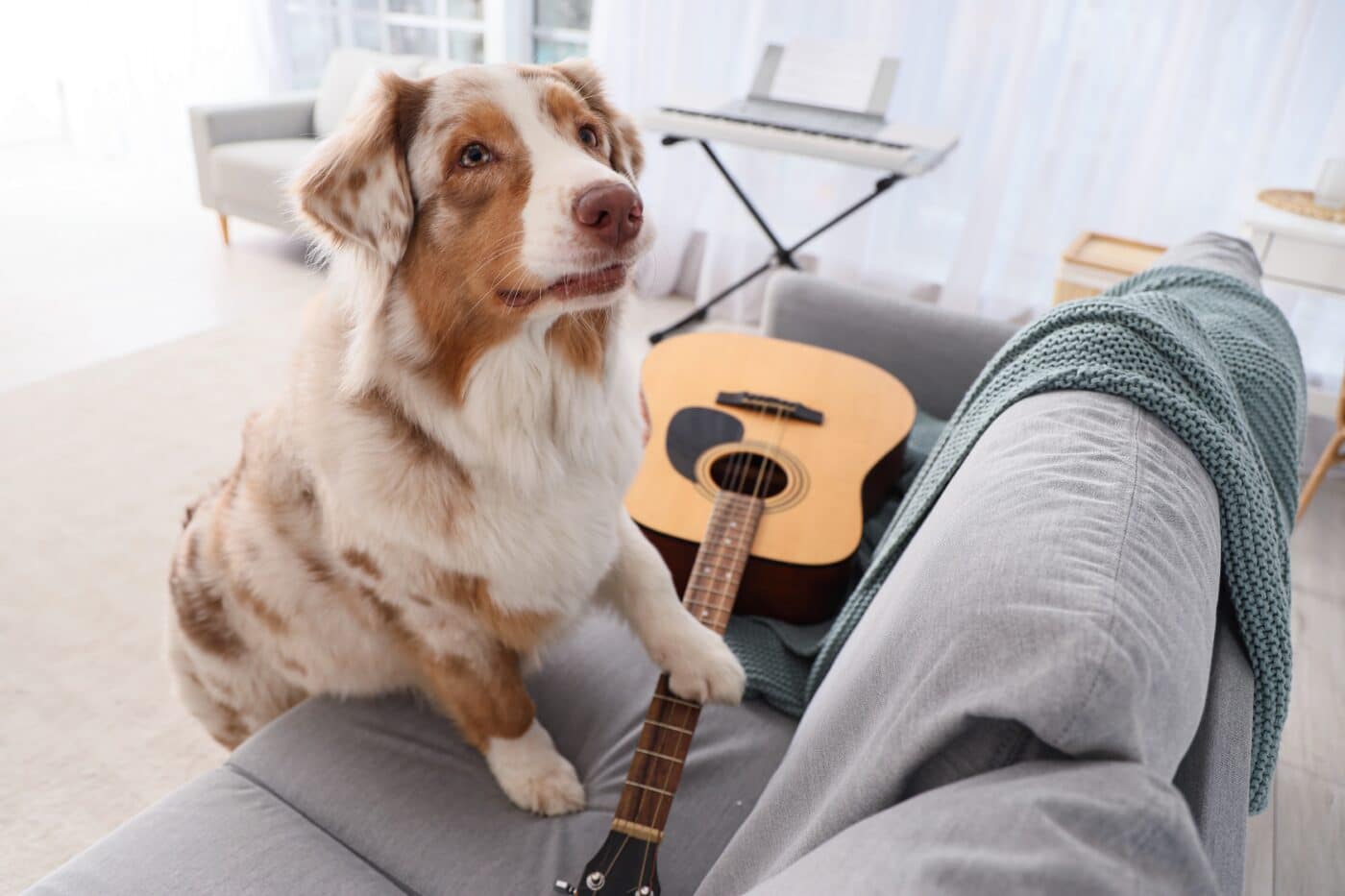 Shutterstock
Shutterstock
Australian Shepherds are highly intelligent and active dogs that rely on body language and eye contact to communicate. This breed is known for its “herding stare,” a focused, intense gaze that they use to communicate with both livestock and humans. Australian Shepherds often use this stare to signal their desire to engage in activities like playing or working. They’re also skilled at using physical cues, such as nudging or gently pushing their owners, to direct attention or guide them in a certain direction. Aussies’ combination of intelligence and energy makes them excellent at getting their point across.
Basset Hound
 Shutterstock
Shutterstock
Basset Hounds are known for their soulful eyes and droopy faces, which they use to communicate their emotions with their humans. Though they are a laid-back breed, Bassets are highly expressive, often using vocalizations like howls and deep barks to signal their needs. Basset Hounds also use their noses to guide their humans, often nudging them when they want attention or food. Their slow, deliberate movements can also communicate a need for a walk or a chance to explore. Bassets are expert communicators, using both sound and body language to express themselves clearly.
Shetland Sheepdog
 Shutterstock
Shutterstock
Shetland Sheepdogs, or Shelties, are intelligent and vocal dogs that excel at using a combination of barking, body language, and eye contact to communicate with their owners. Shelties are known for their high-pitched barks, which alert humans to environmental changes. This breed is highly intuitive and often uses physical closeness and eye contact to signal affection or concern. Whether herding their owners toward something or barking to get their attention, Shelties are master communicators who always find a way to get their point across.
German Shepherd
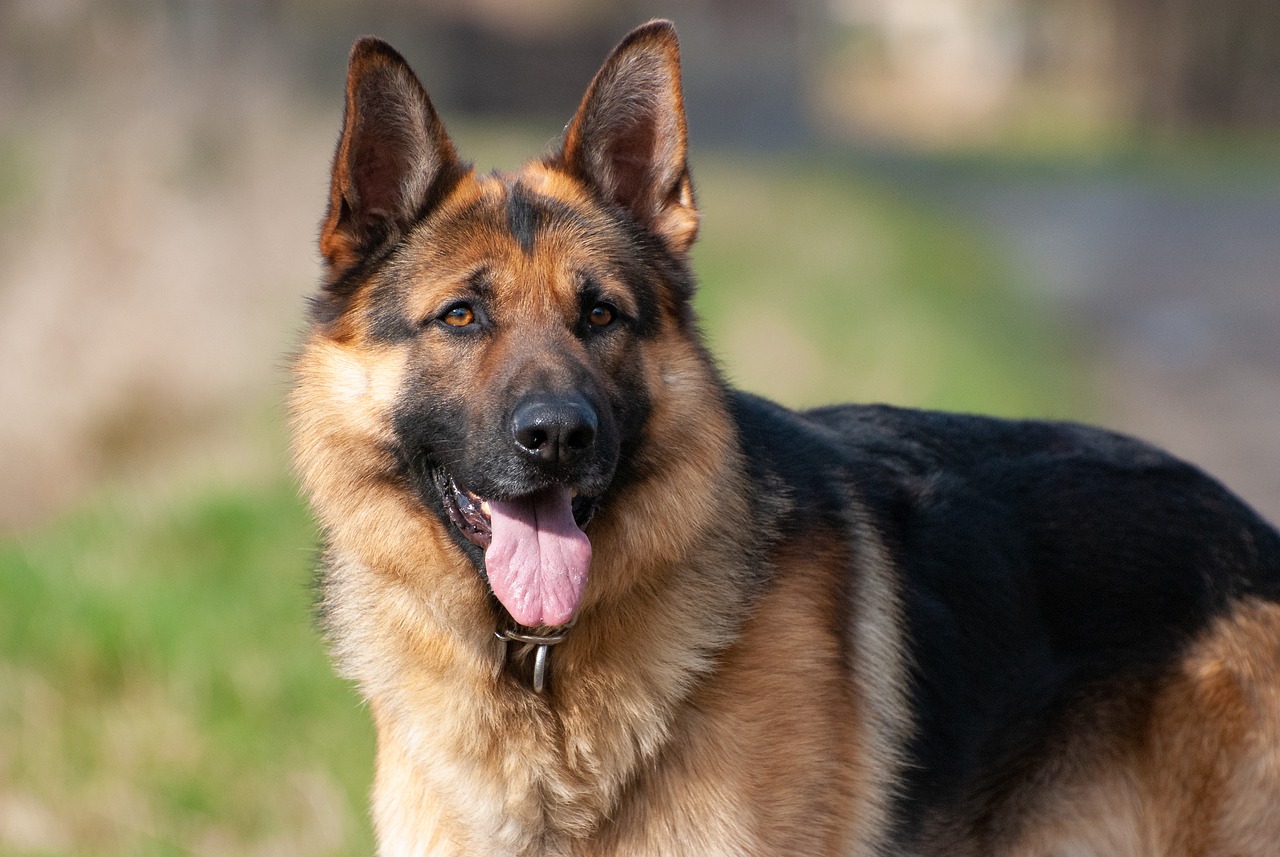 Shutterstock
Shutterstock
German Shepherds are highly intelligent and excellent communicators. They use a variety of vocalizations, body language, and facial expressions to communicate with their owners. Whether it’s alerting you to a potential threat, showing excitement, or seeking affection, German Shepherds are masters at making their feelings and needs clear.
Siberian Husky
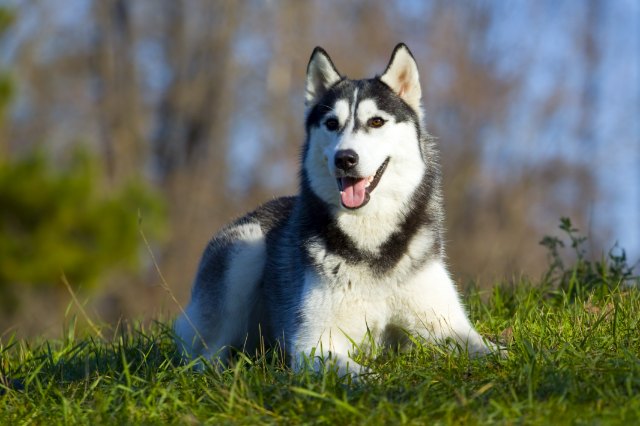 Shutterstock
Shutterstock
Siberian Huskies are known for their “talkative” nature. They are vocal dogs that use howls, whines, and other sounds to communicate with their owners. Huskies often seem to be trying to have a full conversation, making them one of the most expressive and communicative breeds.
Golden Retriever
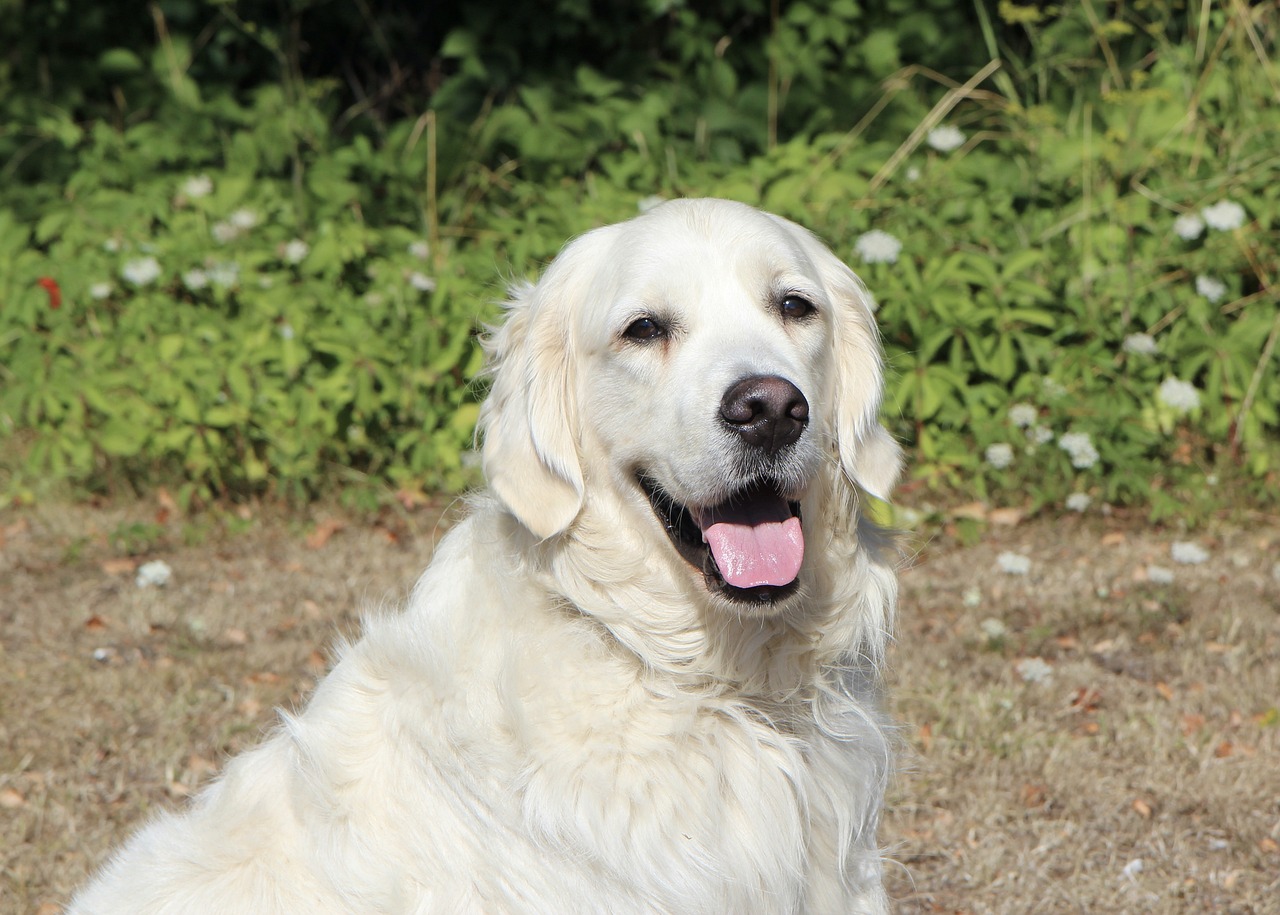 Shutterstock
Shutterstock
Golden Retrievers are highly intuitive dogs communicating emotions through body language, expressions, and gentle vocalizations. They are excellent at reading their owners and responding to human cues, making them great at giving and receiving communication. Their affectionate and social nature means they are always eager to interact.
Pug
 Shutterstock
Shutterstock
Pugs are small dogs with big personalities and a natural talent for communication. Whether through their expressive faces, body language, or soft vocalizations, Pugs can get their point across. They use their charm to communicate when they need attention, food, or playtime, often with an irresistible head tilt.
Boxer
 Shutterstock
Shutterstock
Boxers are expressive dogs that use a combination of vocalizations and body language to communicate with their owners. They are known for their playful personalities and often “talk” to you when they want attention or are excited. Their use of pawing, leaning, and direct eye contact makes them great at making their needs known.
Cocker Spaniel
 Shutterstock
Shutterstock
Cocker Spaniels are naturally social dogs that are highly attuned to their owners’ emotions. They communicate through a mix of vocalizations, tail wagging, and body language. Their ability to read human emotions and respond with empathy makes them excellent communicators, whether they’re seeking affection or trying to comfort their owners.
Doberman Pinscher
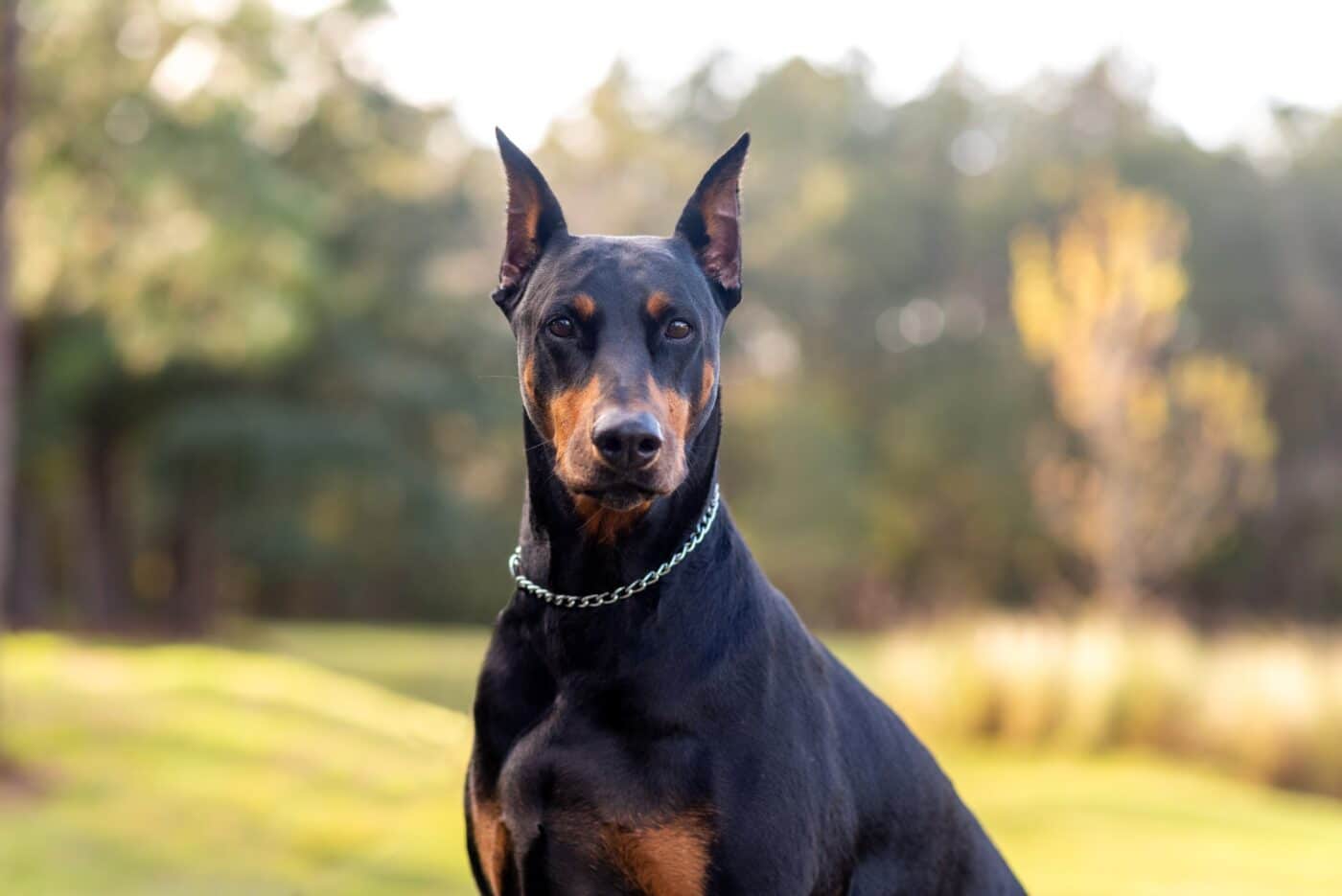 Shutterstock
Shutterstock
Doberman Pinschers are known for their strong protective instincts and clear communication with their owners. They use a mix of vocal cues, postures, and eye contact to alert their humans to danger or express affection. Dobermans are quick to respond to training and have a natural ability to understand and communicate with their families.
Rottweiler
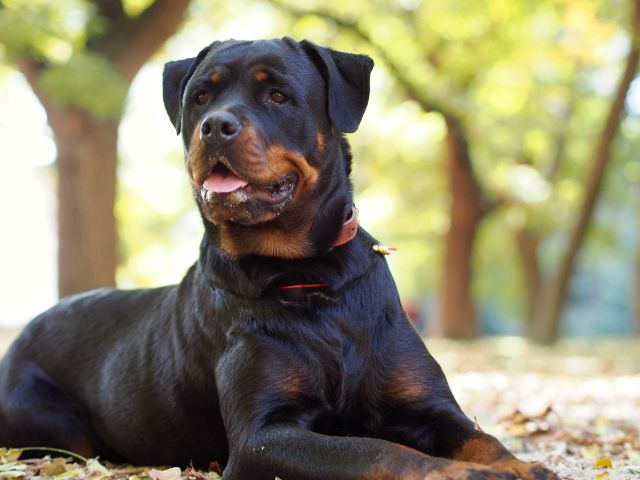 Shutterstock
Shutterstock
Rottweilers are highly intelligent dogs communicating effectively with their owners through body language, facial expressions, and vocalizations. Known for their loyalty and protective nature, Rottweilers are excellent at alerting their families to anything unusual and are skilled at expressing affection and concern through subtle cues.
Pomeranian
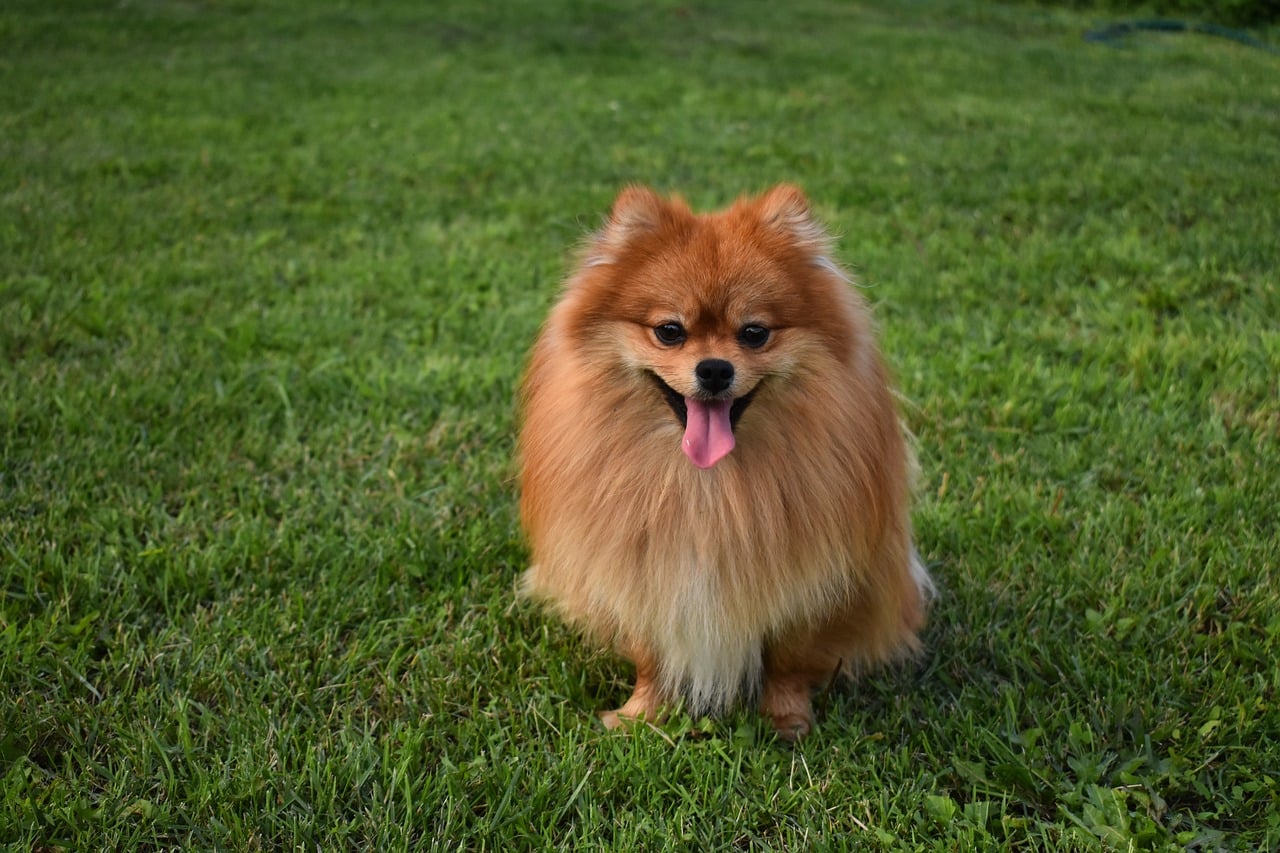 Shutterstock
Shutterstock
Pomeranians may be small, but they are excellent communicators. They use a range of vocalizations, from barking to yapping, along with body language to get their message across. Pomeranians are known for being expressive and often “talk” to their owners to communicate their needs or desires, making them highly interactive companions.
Great Dane
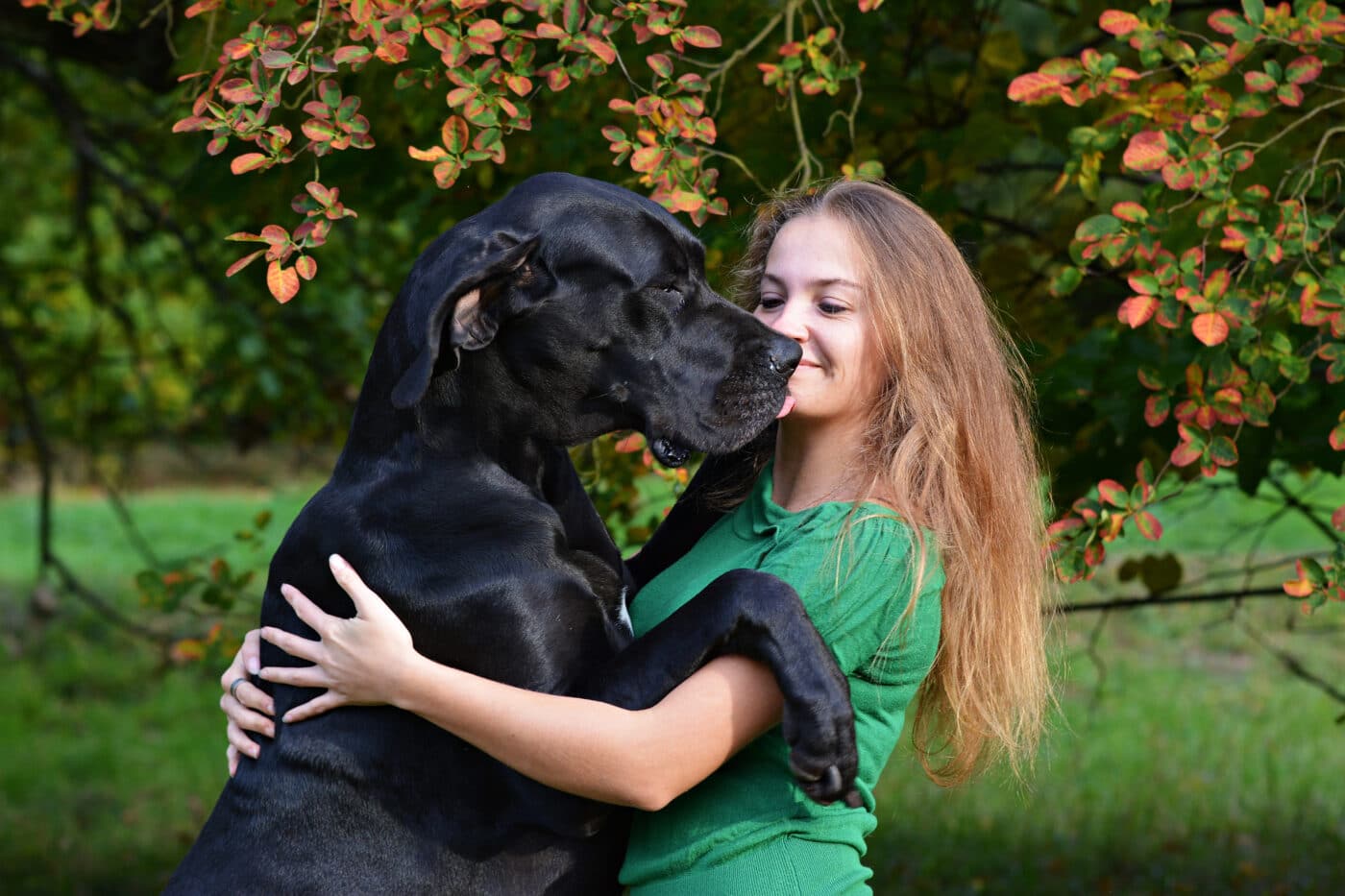 Shutterstock
Shutterstock
Despite their large size, Great Danes are gentle communicators. They are known for their ability to use body language, especially leaning on their owners, to show affection or ask for attention. Their deep bark is often reserved for important communication, making them effective at getting their point across when necessary.
French Bulldog
 Shutterstock
Shutterstock
French Bulldogs are highly expressive dogs that use a combination of grunts, snorts, and body language to communicate with their owners. They may not bark much, but their facial expressions and use of eye contact make them easy to read. French Bulldogs are excellent at signaling when they want attention or playtime, making them great communicators.
The Masters of Silent Communication
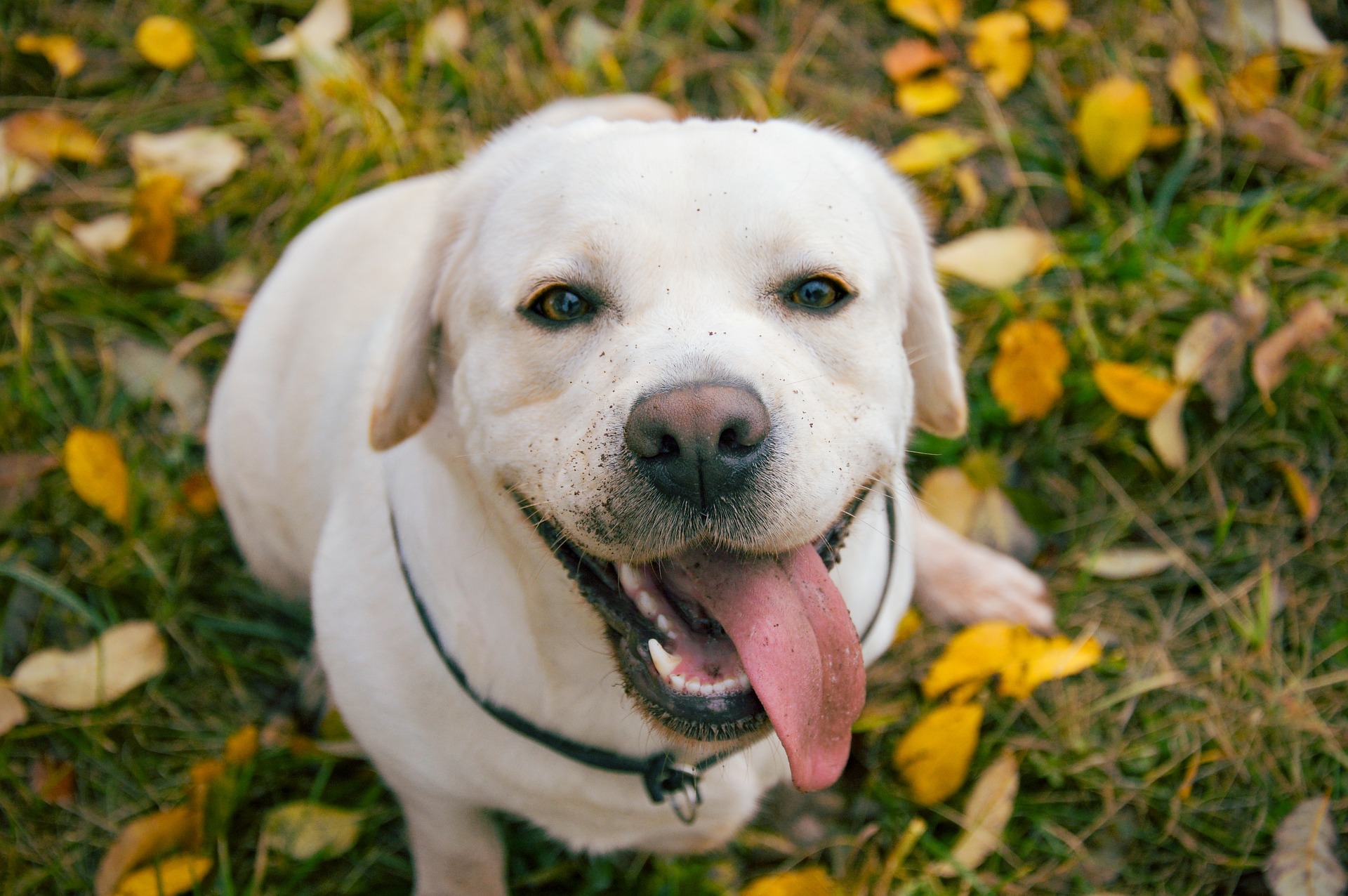 Shutterstock
Shutterstock
Dogs may not speak our language, but they are incredibly skilled at using their bodies, voices, and even eye contact to communicate with us. From the Labrador Retriever’s enthusiastic tail wag to the Shiba Inu’s dramatic scream, each breed uniquely expresses its needs, emotions, and desires. By paying attention to these cues, we can better understand what our dogs are trying to tell us and strengthen the bond we share with them. Dogs communicate with us—sometimes loudly, sometimes quietly—but always with a message worth hearing.
 Toledo, United States.
Toledo, United States.